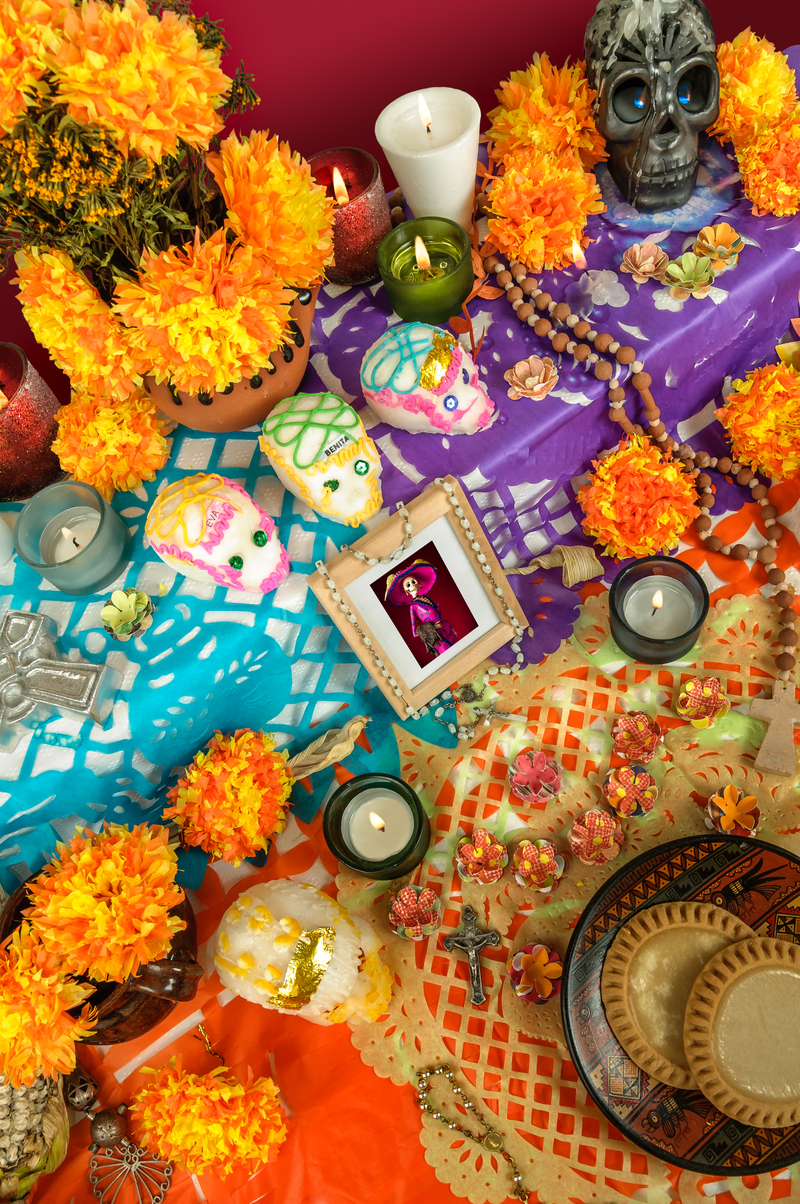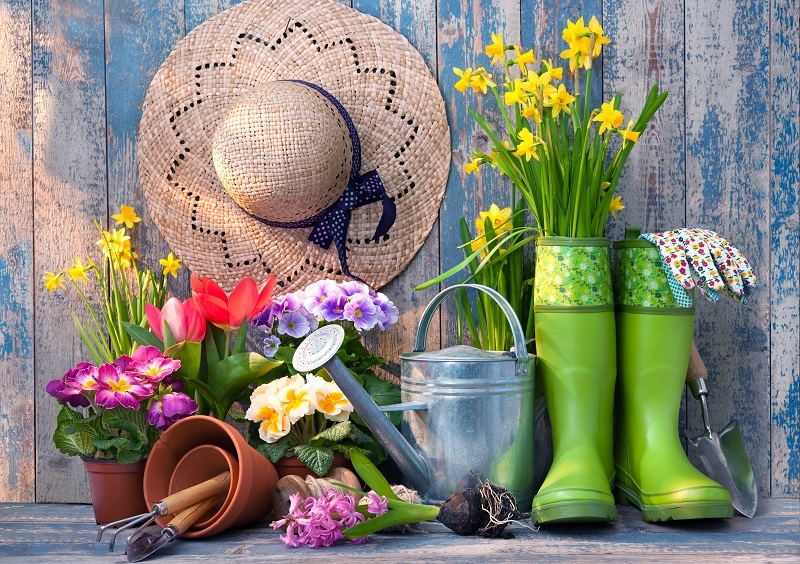7 Intriguing Tulip Facts That Offer New Perspectives
Posted on 22/08/2025
7 Intriguing Tulip Facts That Offer New Perspectives
Did you know that tulips aren't just beautiful spring flowers but come with a fascinating history and unique features? Whether you're a gardening enthusiast, a history buff, or simply curious about this iconic bloom, understanding these intriguing tulip facts will enrich your appreciation for one of the world's most celebrated flowers. Below, we dive into seven captivating aspects of tulips that may just shift your perspective and spark your admiration for these vibrant, resilient blooms.
1. Tulips Originated Far from the Netherlands
When most people think of tulips, the Netherlands and its colorful fields immediately spring to mind. However, the true origins of tulips lie much farther east. Tulips are native to Central Asia, flourishing in countries like Kazakhstan, Iran, and parts of northern China. Nomadic Turkish tribes began cultivating these vivid flowers centuries before they became a Dutch icon.
Key Points About Tulip Origins:
- Tulips were first documented growing in the wild on the steppes of Kazakhstan and surrounding regions.
- Their cultivation spread westward via the Silk Road, bringing these blooms to the Ottoman Empire and beyond.
- Turkish sultans prized tulips so much that Ottoman gardens were filled with them, and the flower even gave its name to the "Tulip Era," a period of peace and prosperity in the Ottoman Empire during the early 18th century.
So, the next time you admire a tulip, remember its long journey from the Asian steppes to your nearest flower market!

2. The Dutch Golden Age and "Tulip Mania"
Tulips didn't just change the landscape of the Netherlands--they transformed its economy and culture. In the early 17th century, tulips became wildly fashionable and their bulbs more precious than gold. This period was known as Tulip Mania, often cited as the first recorded speculative economic bubble.
What Made Tulips So Valuable?
- Unique color variations and striking patterns in tulip petals fueled feverish demand among elites and merchants.
- Some rare bulbs, particularly those infected with a virus that created dramatic "broken" colors, were so coveted that single bulbs could cost as much as a plush canal house in Amsterdam.
- The bubble burst famously in 1637, leading to financial losses and a lasting cautionary tale in economic history.
Tulip Mania remains a powerful symbol of market fever and the unpredictable power of trends--underscoring how an elegant flower can shape the course of history.
3. Over 3,000 Cultivated Tulip Varieties
If you think all tulips look the same, think again! Global horticultural societies recognize and continually develop thousands of stunning tulip cultivars. These range from petite species tulips to lavishly frilled and colorful hybrids.
Notable Types of Tulips:
- Single Early Tulips: Classic, cup-shaped blooms that flower in early spring.
- Parrot Tulips: Named for their flamboyant, feather-like petals and vibrant color patterns.
- Viridiflora Tulips: Characterized by unique green streaks on their petals.
- Rembrandt Tulips: Celebrated for their dramatic, painterly streaks (a throwback to those rare "broken" tulips of Tulip Mania fame).
- Darwin Hybrid Tulips: Renowned for their large flowers and robust stems--ideal for gardens and cut-flower displays.
Today, the Netherlands is home to the world's largest tulip breeding industry, accounting for nearly 80% of global tulip bulb exports. From subtle pastels to vivid rainbow hues, tulip diversity continues to inspire gardeners worldwide.
4. Tulip Flowers Have Symbolic Meanings
Tulips aren't just aesthetically pleasing--they're also brimming with symbolism in art, literature, and celebrations. Each tulip color reflects different emotions and intentions:
The Secret Language of Tulip Colors
- Red tulips: Most often associated with deep love and passion.
- Yellow tulips: Traditionally symbolize cheerful thoughts and sunshine, but also forgiveness in some cultures.
- White tulips: Represent purity, apology, and respect.
- Purple tulips: Connected to royalty and noble aspirations.
- Black tulips: Though truly black tulips do not exist, the deep maroon or purple varieties evoke elegance and mystery.
Send the right message or brighten someone's day: tulips are thoughtfully chosen for emotional expression as well as beauty.
5. Tulips are Edible--but Not All Are Safe!
One of the lesser-known tulip flower facts is that their petals and bulbs were actually used as food--most notably during periods of famine. During World War II, the Dutch "Hunger Winter" saw many people resort to eating tulip bulbs when food was scarce.
Can You Really Eat Tulips?
- Tulip petals are non-toxic and can make colorful garnishes for salads and desserts. They have a mild flavor, often described as lettuce-like or slightly sweet.
- Tulip bulbs are trickier: some varieties contain compounds that can cause stomach upset or allergic reactions, so they shouldn't be eaten unless cooked properly and identified by a knowledgeable expert.
Do not consume tulips from florists or public gardens, as they are likely treated with chemicals. For culinary use, it's best to grow edible flowers organically.
6. Tulips Were Once Valuable Status Symbols
Not only did tulips spark a financial frenzy, but they also became living symbols of prestige and luxury during the height of their popularity. Gifting and displaying the rarest and most vivid tulips was a way for wealthy merchants and nobles to flaunt their status.
The Prestige of Tulip Possession
- Artists of the Dutch Golden Age, such as Jan Brueghel and Ambrosius Bosschaert, immortalized these blooms in still life paintings, which were themselves valuable possessions.
- Botanical illustrations and collectors' books featuring rare tulip breeds became coveted items among the aristocracy.
- Contemporary gardening competitions still regard unique tulip cultivars as marks of refined taste and expertise.
Today, tulips continue to convey both elegance and a sense of occasion, whether on the table at a formal dinner or blooming en masse during the celebrated Keukenhof Tulip Festival in the Netherlands.
7. Tulips Inspire Science and Sustainability
Modern research into tulip biology has led to innovative insights about plant genetics, disease resistance, and sustainability in agriculture.
Scientific and Environmental Advances:
- Plant biologists study the genetic factors behind the tulip's dazzling array of colors and shapes, with DNA sequencing helping to create healthier, more resilient breeds.
- Some research focuses on the black tulip--breeders are still pursuing the elusive, truly black variety for ornamental use.
- Tulip cultivation helps promote sustainable agriculture in the Netherlands, as flower farmers use crop rotation and low-impact methods to keep soils healthy.
- Tulips are also used in environmental education, showing how careful stewardship of land and resources can yield both beauty and profit.
These blooms are much more than decorative--they're thriving at the intersection of art, science, and eco-conscious innovation.

Bonus: Tips for Growing Tulips in Your Garden
How to Plant and Care for Tulips
- Choose a sunny location with well-drained soil for planting tulip bulbs in the fall, about 6-8 weeks before your area's first hard frost.
- Plant bulbs at a depth 2-3 times their height, with the pointy end facing up.
- Water thoroughly after planting, then sparingly during winter (unless your climate is very dry).
- Allow the foliage to die back naturally after flowering; this process helps store energy for the next growing season.
- If you live in a warmer climate, store bulbs in a cool, dry place during summer and replant them for a vibrant spring display.
Growing tulips not only brings vibrant color to your garden, but also connects you to the rich tapestry of history, culture, and innovation behind this iconic flower.
Conclusion: Why Understanding Tulip Facts Offers Fresh Perspectives
From their far-flung origins and economic impact to their colorful symbolism and role in modern science, the world of tulips is far more intriguing than it first appears. By learning about these seven fascinating tulip facts, you gain not just a deeper appreciation for a lovely flower--but also for the ways in which nature intertwines with history, culture, and creativity.
Whether you're a passionate gardener, a history lover, or someone newly curious about flowers, tulips provide inspiration and insight at every turn. Celebrate their beauty by planting a few bulbs, sharing a vibrant bouquet, or visiting one of the world's famous tulip festivals--you'll be participating in a centuries-old tradition that continues to bloom with meaning today.
Discover More About Tulips
- Ready to start your tulip-growing journey? Browse our guides to planting and seasonal care.
- Learn about the annual Keukenhof Tulip Festival, or plan a visit to a tulip farm near you.
- Dive deeper into tulip symbolism and find the perfect color to express your sentiments.
- Share your own tulip stories and pictures with us for a chance to be featured!
Explore, admire, and be inspired by the remarkable story of tulips--an unforgettable journey from wild flower to international icon.
Latest Posts
7 Intriguing Tulip Facts That Offer New Perspectives
Unveiling the captivating stories of stunning sunflowers
Add a Touch of Nature with Simple-Care Office Plants





